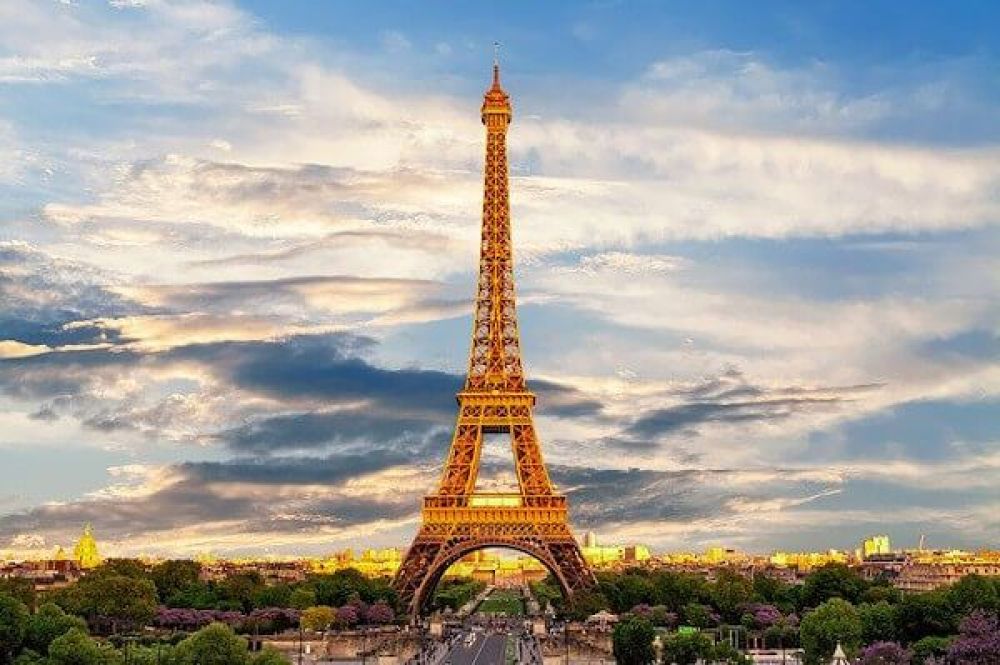

The Eiffel Tower, an enduring symbol of Paris and one of the most recognizable structures in the world, was constructed between 1887 and 1889 as the entrance arch for the 1889 Exposition Universelle (World's Fair), which marked the centennial celebration of the French Revolution. A feat of architectural engineering by Gustave Eiffel's company, the tower was initially met with resistance from Paris' artistic and literary elite who deemed it an eyesore.
However, upon its completion, the Eiffel Tower quickly became a monumental success, attracting visitors from around the world. The fair itself saw millions of visitors, many of whom climbed the tower to enjoy unparalleled views of Paris. The tower was the tallest man-made structure in the world at the time, standing at 300 meters (984 feet) tall.
By the early 20th century, the Eiffel Tower had become a must-see for international tourists visiting Paris. Its popularity grew following its survival of the 1909 demolition plans, as its height was advantageous for communication purposes. The tower served as a military radio transmission tower during World War I, which helped save it from destruction.
Throughout the 20th century, the Eiffel Tower underwent numerous renovations to accommodate the growing number of tourists. Elevators were updated and additional facilities were added, including restaurants and shops.
In recent years, the Eiffel Tower has welcomed an average of nearly 7 million visitors each year, making it one of the most-visited paid monuments in the world. Tourists can dine in its restaurants, enjoy the panoramic views from its three levels, and learn about its history in the exhibitions.
For a more immersive experience, the Eiffel Tower introduced glass floor installations on the first level in 2014, allowing visitors to walk over a transparent floor 57 meters above the ground. The Eiffel Tower has also embraced sustainability, with the installation of wind turbines and solar panels to reduce its environmental footprint.
The COVID-19 pandemic brought unprecedented challenges to global tourism, and the Eiffel Tower was no exception. The monument was closed for several months in 2020 and 2021, leading to a significant drop in visitor numbers. Health and safety measures were implemented upon reopening to ensure the safety of visitors and staff.
In the aftermath of the pandemic, the tourism industry is observing a shift. There is an increased focus on sustainable and responsible tourism, and the Eiffel Tower is participating in this by improving its energy efficiency and visitor management to reduce crowding and environmental impact.
Virtual tourism has also emerged as a trend, with many historic sites, like the Eiffel Tower, offering online tours to cater to guests who cannot travel due to restrictions or personal reasons.
Furthermore, there is a growing interest in unique experiences, such as attending yoga sessions on the tower's first level or enjoying seasonal events that offer different ways to experience the landmark beyond the traditional visit.
As tourism continually evolves, the Eiffel Tower remains at the forefront of innovation, ensuring it will remain an iconic and beloved destination for years to come.